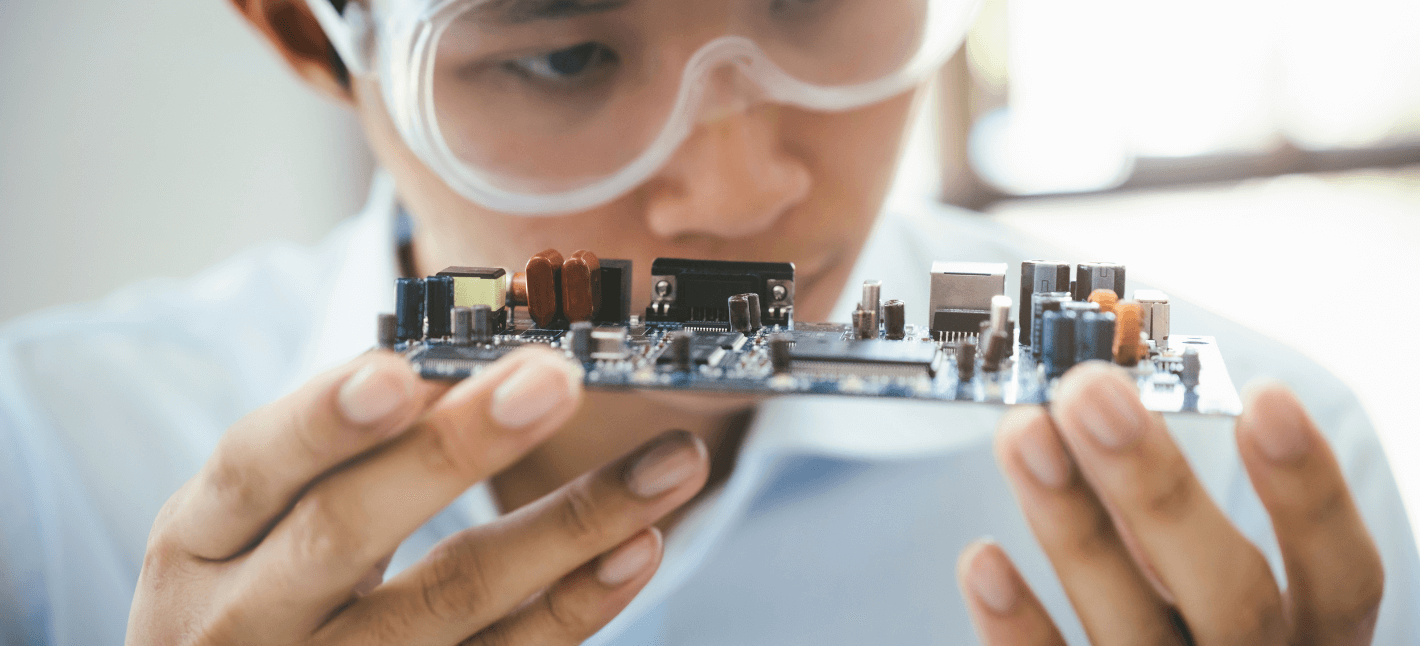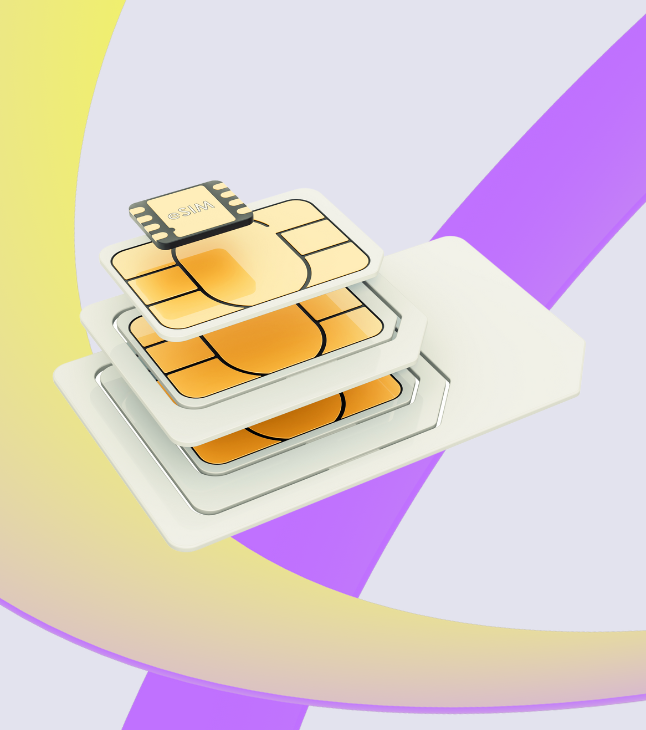The Internet of Things (IoT) has grown big, and it has grown very rapidly. Now the term IoT has become an umbrella term for IoT deployments in different areas of both industrial and everyday life. Two domains of IoT are Industrial IoT (IIoT) and Consumer IoT (CIoT). While the terminologies are self-explanatory, there is a significant difference in their IoT deployments and end applications. In this blog post we will explain the main differences and where to look for the best connectivity for each case.
The basics of Industrial IoT & Consumer IoT
Without clearing out the basics, we can’t discuss differences, applications, and similarities. So what do the IIoT and CIoT mean exactly?
What is Industrial IoT?
Industrial Internet of Things (IIoT) is an extension of the Internet of Things (IoT), specifically focused on building an array of IoT solutions for manufacturing and industrial practices. IIoT essentially focuses on leveraging sensors, actuators, and gateways to connect, automate and remotely manage industrial machines.
What is Consumer IoT?
Unlike IIoT, The Consumer Internet of Things (CIoT) refers to leveraging IoT for the end consumer applications. CIoT majorly focuses on connecting consumers’ personal devices to the internet through IoT. For instance, wearables, fitness bands, smart gears, and smart home assistants are several CIoT products widely available in the market.
Examples of Industrial IoT applications
Here are three popular adoptions of Industrial IoT deployed into various industries using IoT:
- Predictive maintenance of machines
IIoT allows users to sense machine performance and characteristics to predict if/when the machine may need maintenance. This not only allows to save time in the company but also adds an additional safety layer to the workspace.
- Remote monitoring & control of equipment
Controlling and monitoring of equipment using IIoT is a great way to make industries more accessible for faster decision-making and actions.
- Quality assurance & quality control
IIoT can also be used in production and manufacturing industries to verify the quality of any built item before delivering it. The data received can allow real-time improvements without endangering the products’ quality.
Examples of Consumer IoT applications
In contrast to IIoT, Consumer IoT focuses on user-oriented solutions as given below:
- Smart wearable bands:
These wearable bands are very popular and can do a handful of things. Common features include sleep cycle monitoring, calories burnt, step count, heart rate sensing, etc. With IoT connectivity, it can allow your watch to stay always connected, even in most remote destinations.
- IoT-connected Trail Cameras
The trail camera, also known as a camera trap, is an invaluable tool for anyone interested in photographing animals in their natural habitat or watching wildlife. This special type of camera uses motion or heat detectors to detect animals passing nearby in a natural environment. Thanks to IoT connectivity (M2M SIM card in the device), the images are showing up on the computer or mobile phone of the user in real-time.
- AI-based voice assistant with M2M connectivity:
AI voice assistants are the next big thing on the Consumer Internet of Things. Through M2M, AI voice assistants can communicate to other appliances per the inputs when wi-fi is unavailable, or the signals are weak.
- Smart home automation solutions:
Various home automation solutions, such as intelligent lighting systems, automated door lock/unlock, self-operating curtains with light sensors, etc., fall under CIoT.

Key differences between IIoT & CIoT
- Fundamental aim & area of interest
The application’s target area is the main fundamental difference between both IoT areas. For IIoT, the target is Industrial entities such as factories, production houses, supply chains, etc. However, CIoT specifically focuses on direct consumers and their individual needs.
- Targeted outcome
While IIoT & CIoT both allow remote monitoring and control, IIoT focuses on improving industrial applications for more production, lesser waste, and higher efficiency. On the other hand, CIoT emphasizes making daily life easier and more productive with safety, health, and less labor.
- The scale of implementation & KPIs
IIoT applications are wide-scale and may require massive IoT/M2M infrastructure implementation where data, bandwidth, accuracy, and latency are important. However, CIoT products are simpler implementations focusing on user experience, convenience, and interconnectivity with just one M2M SIM
We support both Industrial IoT & Consumer IoT cases
Industrial IoT and Consumer IoT are now vast domains themselves. IoT connectivity and M2M communication positively transform every aspect of businesses and consumers. Freeeway offers the best-in-class IoT connectivity platform for both your scalable IIoT – as Freeeway brand and CIoT needs with our simHERO brand.
Your form entry has been saved and a unique link has been created which you can access to resume this form.
Enter your email address to receive the link via email. Alternatively, you can copy and save the link below.
Please note, this link should not be shared and will expire in 30 days, afterwards your form entry will be deleted.




